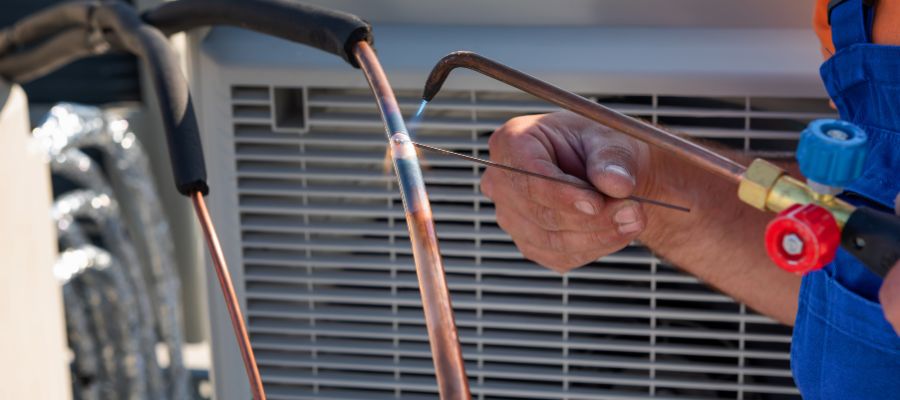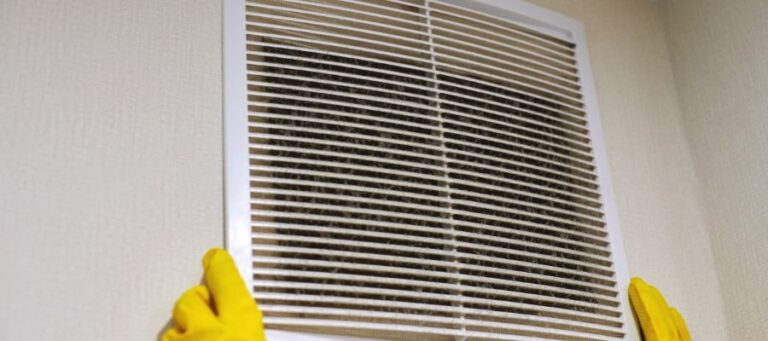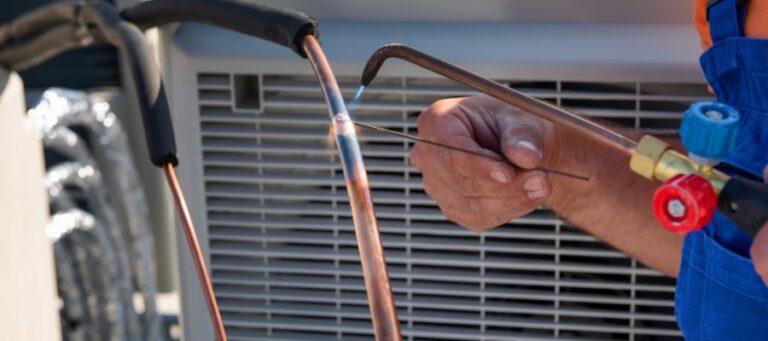

HVAC Services
Get Professional Repairs From The Area's Trusted HVAC Technicians. Ask About Our Services! We Offer Professional Heating & Cooling System Repairs And Guarantee Long-Lasting Results.
Got Question? Call us: (850) 678-2665Financing
Comprehensive Guide to Indoor Air Quality Monitoring and Testing: Importance, Techniques, and Improvements

In an increasingly health-conscious world, indoor air quality (IAQ) plays a pivotal role in our well-being. From homes and offices to schools and industrial buildings, maintaining a healthy indoor environment is paramount. This article provides a comprehensive guide to indoor air quality monitoring and testing, outlining its importance, various techniques used, and potential solutions to improve indoor air quality.
Understanding Indoor Air Quality
Indoor Air Quality refers to the air quality within and around buildings and structures. It’s a significant aspect of our environment, given that we spend approximately 90% of our time indoors. IAQ can impact our health, comfort, and overall productivity. Understanding and controlling common pollutants can help reduce the risk of health issues.
Indoor Air Pollutants and Their Sources
Several contaminants can degrade indoor air quality. These include:
Particulate Matter
Dust, smoke, and bioaerosols, are minute particles suspended in the air.
Volatile Organic Compounds (VOCs)
These are chemicals emitted from products such as paints, cleaning supplies, and adhesives.
Radon
A naturally occurring radioactive gas that can be harmful in large concentrations.
Carbon Monoxide
A deadly gas produced by burning fossil fuels.
Allergens
These include dust mites, pet dander, and mold spores, which can trigger allergies.
Biological Contaminants
Mold, bacteria, viruses, and other microorganisms can adversely affect IAQ.
These pollutants often originate from various sources, such as household cleaning products, building materials, indoor activities, poor ventilation, and inadequate humidity control.
The Health Impact of Poor Indoor Air Quality
Prolonged exposure to poor indoor air quality can lead to numerous health problems, collectively known as ‘Sick Building Syndrome.’ These include respiratory illnesses, allergies, asthma, headaches, and other symptoms. More severe health impacts, such as lung cancer, can occur from prolonged exposure to pollutants like radon or asbestos.
Monitoring Indoor Air Quality
Indoor air quality monitoring involves assessing the levels of various pollutants in the indoor environment. This process can be conducted using devices like air quality meters, gas detectors, and other specialized testing equipment. Air sampling can identify and quantify the levels of specific contaminants, allowing for targeted remediation efforts.
Professional IAQ consultation services often include detailed testing for a broad spectrum of pollutants, ensuring a comprehensive understanding of the indoor environment’s state.
Improving Indoor Air Quality
Improving indoor air quality involves several steps:
- Ventilation: Proper ventilation is crucial in maintaining good IAQ. It helps reduce the concentration of pollutants in the indoor environment.
- Source Control: Identifying and eliminating the sources of pollutants can dramatically improve IAQ.
- Air Cleaners: Devices such as air purifiers, which often use HEPA filters, can reduce the levels of particulate matter in the indoor environment.
- Humidity Control: Dehumidifiers can help control mold and dust mites, which thrive in high-humidity environments.
- Regular Cleaning: This can reduce levels of dust mites, pet dander, and other allergens.
- Legislation and IAQ Standards
Several agencies provide guidelines and standards for IAQ, such as the Environmental Protection Agency (EPA) and the World Health Organization (WHO). In addition, many countries have legislation to manage and control indoor air quality, especially in workplaces.
Conclusion
In a nutshell, indoor air quality monitoring and testing are essential for maintaining a healthy and productive indoor environment. Understanding the sources and effects of indoor pollutants, monitoring indoor air quality, and implementing measures to improve it can lead to significant benefits, including improved health, increased comfort, and enhanced productivity. By adopting best practices and staying informed about IAQ, we can ensure healthier indoor environments for everyone.



